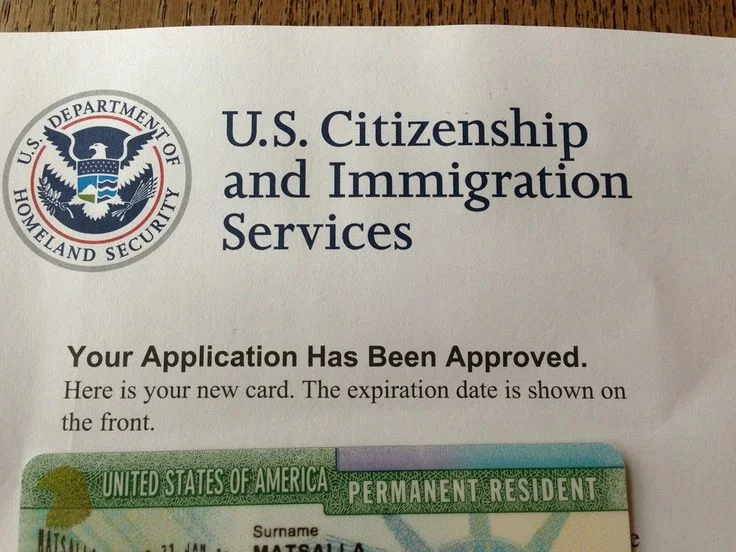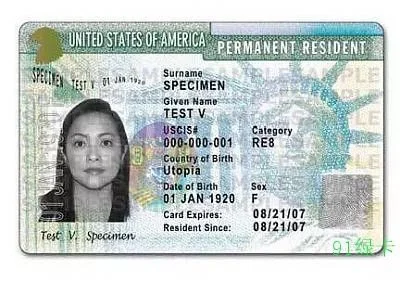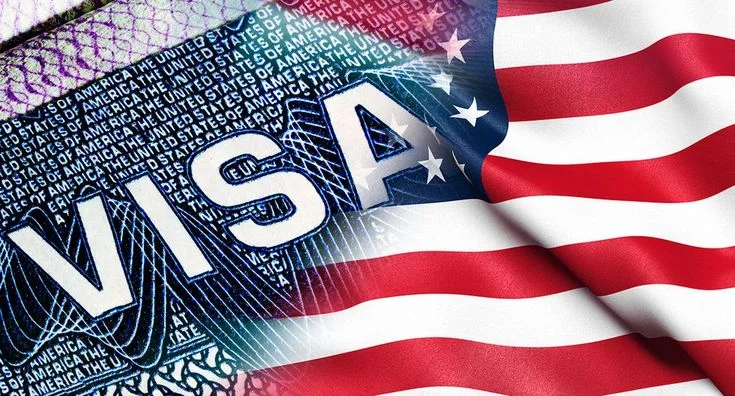Navigating the world of travel permissions, both within and outside the United States, can be complicated. However, understanding what a travel document USA entails makes the journey much smoother.
Whether you’re a lawful permanent resident, asylum seeker, DACA recipient, or facing an emergency travel need, having the correct travel documentation is crucial.
This guide will walk you through the essential types of travel documents, who needs them, and how they help in re-entry or departure from the United States. Additionally, we’ll explore standard requirements and include helpful information for various immigration statuses.
Understanding the Travel Documents USA Process

The term “travel document” in the United States generally refers to the authorization that allows non-citizens or specific groups of people to enter or re-enter the country legally.
It’s not the same as a U.S. passport, which is exclusively for U.S. citizens. Instead, it includes forms like Advance Parole, Refugee Travel Documents, and Re-entry Permits.
These documents serve different groups:
- Green Card holders staying abroad for long durations
- Asylum seekers need to visit other countries
- Immigrants facing special humanitarian situations
The application process usually involves submitting Form I-131, Application for Travel Document, to the United States Citizenship and Immigration Services (USCIS).
Types of Travel Documents in the USA

Different types of travel documents serve specific immigration and humanitarian purposes in the U.S. These documents are not the same as a passport but act as legal proof for travel authorization. They help non-citizens re-enter or leave the U.S. safely based on their immigration status.
Advance Parole
This is issued to individuals who are not yet lawful permanent residents but need to leave the U.S. temporarily. It’s often granted to DACA recipients, adjustment of status applicants, or those facing humanitarian emergencies.
Refugee Travel Document
This travel document is issued to refugees or asylees. It functions like a passport, allowing re-entry into the U.S. after travel abroad. It is a safer and legal alternative than using a passport from the country they fled.
Essential Tips Before Using a Travel Document Abroad
Having a valid travel document doesn’t guarantee smooth travel unless you prepare for other legal and logistical factors. Travellers must be aware of customs checks, immigration interviews, and specific entry rules for each country. A small oversight can lead to significant travel disruptions.
Keep track of updated USCIS and CBP policies that may impact re-entry. Check if the destination requires additional visas even with a U.S. travel document. Always plan for emergencies, delays, and embassy assistance in case something unexpected happens during your trip.
Who Needs a Travel Document in the USA?
The need for a travel document in the USA largely depends on your immigration category and travel plans. Certain non-citizens are required to carry specific documents to ensure safe travel and a smooth return without issues. These documents often serve both as travel authorization and identification.
People who may need travel documents:
- Lawful Permanent Residents staying abroad for more than 1 year
- Green card holders without a passport
- Asylees and refugees
- Individuals with pending green card applications
- Temporary Protected Status (TPS) holders
- DACA recipients who qualify for Advance Parole
Some of these travel documents can also serve as proof of identity in certain cases.
Applying for a Travel Document in the USA: Steps to Follow
Applying for a travel document involves completing USCIS Form I-131, along with the required supporting documents. The process includes biometrics, waiting for approval, and using the document before it expires. Accuracy and timing are essential for a smooth application.
Form I-131 Submission
This is the application form for various travel documents. It should be completed accurately and submitted to USCIS.
Supporting Evidence
Depending on your category, you may need to attach identity documents, evidence of urgent need, or proof of refugee status.
Biometrics Appointment
In many cases, applicants are required to attend a biometrics appointment, where fingerprints and photographs are taken.
Wait for Approval
Once reviewed and approved, the travel document is mailed. Processing times vary.
Use Before Expiry
Most travel documents have a validity period of 1 to 2 years. They must be used within that time to remain valid.
Documents Required When Applying for a Travel Document USA
To apply successfully, you must collect the right paperwork based on your immigration status and travel purpose. Providing complete and accurate documents helps avoid delays or denials during processing. Proper documentation strengthens your application and proves eligibility.
Commonly Required Documents
- Government-issued ID or passport copy
- USCIS receipt or approval notice
- Passport-style photographs
- Proof of immigration status (e.g., asylum grant, TPS)
- Evidence supporting the travel need (e.g., medical or legal letters)
Common Mistakes When Handling Travel Documents
Applying for or misusing a travel document can result in serious consequences, including denied re-entry or delays in immigration processing. Many travellers underestimate the importance of timing and legal requirements. Even minor errors can impact your status or future travel permissions.
Top errors to avoid include travelling before receiving approval, using expired documents, and misunderstanding eligibility. Others forget to check re-entry rules or apply too late before travelling. These common mistakes can trigger setbacks that are difficult to fix once abroad.
Travel Document Validity and Renewal in the USA
Each type of travel document has a set validity period, which varies based on your immigration category. It’s essential to keep track of the expiration date to avoid travel issues. Renewal should always be planned to maintain uninterrupted travel rights.
Many renewal applications need supporting documents again, especially for humanitarian categories. Delays may occur if renewal is requested too close to the expiration date. Knowing the lifespan of your travel document helps you stay prepared.
Validity Periods for Common Travel Documents
- Advance Parole: Generally valid for 1 year
- Refugee Travel Document: Valid for up to 2 years
- Re-entry Permit: Typically issued for 2 years
Renewal applications should be submitted well in advance of the expiration date. Some types, like refugee travel documents, require re-justification for re-issuance.
Benefits of Having a Travel Document in the USA
Holding a valid travel document gives non-citizens legal access to international travel without risking their U.S. immigration status. It ensures they can return to the United States without complications. This is especially helpful for those in the process of adjusting their status.
Travel documents also serve as a form of identification when a passport is unavailable. They provide flexibility for emergency trips and planned visits abroad. Most importantly, they serve as proof of legal standing at border checkpoints.
Conclusion
A travel document for the USA is more than just paperwork; it’s a legal key for safe, authorized travel in and out of the United States. Whether you’re a green card holder, refugee, or temporary status applicant, having the correct travel document protects your status.
Applying early and providing accurate information helps prevent delays or re-entry issues. Missteps can lead to denied access or loss of benefits, so careful planning is essential.
Always stay updated with USCIS rules, choose the right type of travel document, and prepare thoroughly before leaving the U.S. A well-handled travel document ensures peace of mind and legal safety abroad.










